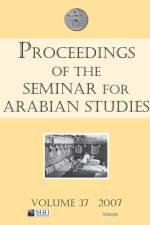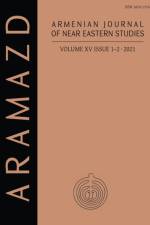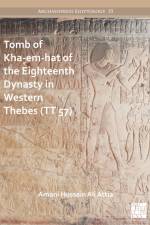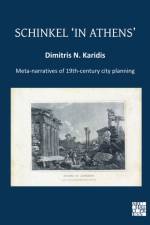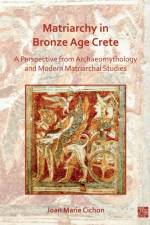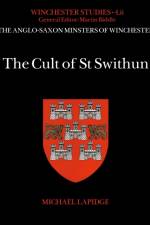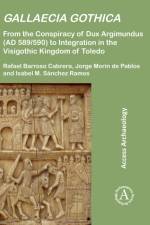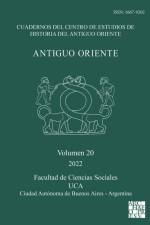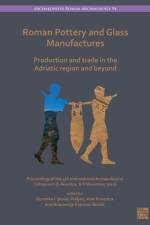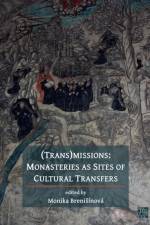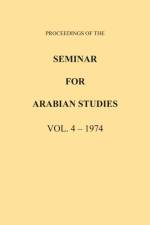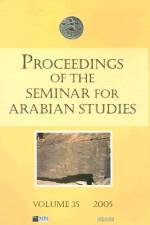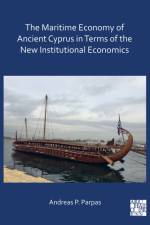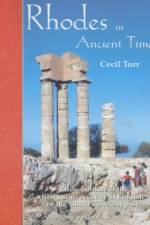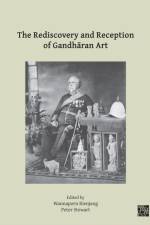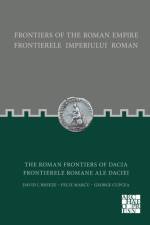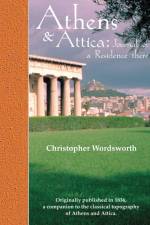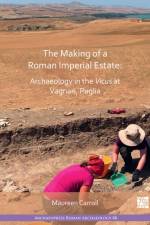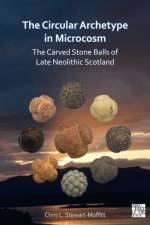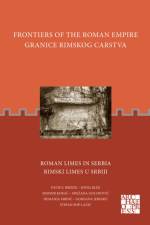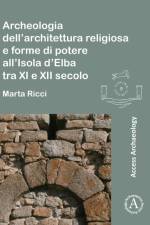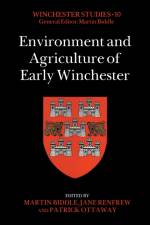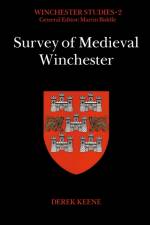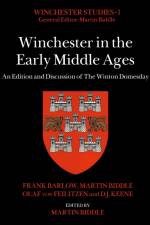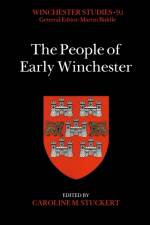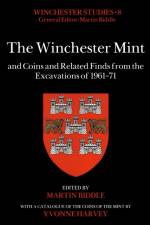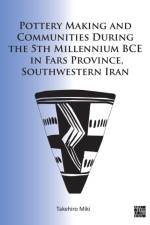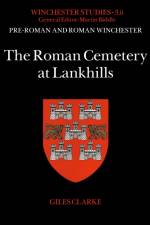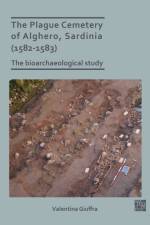av Lloyd Weeks
747
CONTENTS: Abdol Rauh Yaccob, British policy on Arabia before the First World War: an internal argument; Adrian G. Parker &. Jeffrey I. Rose, Climate change and human origins in southern Arabia; Alexandrine Guerin & Faysal Abdallah al-Na'imi, Nineteenth century settlement patterns at Zekrit, Qatar: pottery, tribes and territory; Anthony E. Marks, Into Arabia, perhaps, but if so, from where?; Audrey Peli, A history of the Ziyadids through their coinage (203- 442/818-1050); Aurelie Daems & An De Waele, Some reflections on human-animal burials from pre-Islamic south-east Arabia (poster); Brian Ulrich, The Azd migrations reconsidered: narratives of 'Amr Muzayqiya and Malik b. Fahm in historiographic context; Christian Darles, Derniers resultats, nouvelles datations et nouvelles donnees sur les fortifications de Shabwa (Hadramawt); Eivind Heldaas Seland, The Indian ships at Moscha and the Indo-Arabian trading circuit; Fabio Cavulli & Simona Scaruffi, Stone vessels from KHB-1, Ja'lan region, Sultanate of Oman (poster); Francesco G. Fedele, Wadi al-Tayyilah 3, a Neolithic and Pre-Neolithic occupation on the eastern Yemen Plateau, and its archaeofaunal information; Ghanim Wahida, Walid Yasin al-Tikriti & Mark Beech, Barakah: a Middle Palaeolithic site in Abu Dhabi Emirate; Jeffrey I. Rose & Geoff N. Bailey, Defining the Palaeolithic of Arabia? Notes on the Roundtable Discussion; Jeffrey I. Rose, Introduction: special session to define the Palaeolithic of Arabia; Julie Scott-Jackson, William Scott-Jackson, Jeffrey Rose & Sabah Jasim, Investigating Upper Pleistocene stone tools from Sharjah, UAE: Interim report; Krista Lewis & Lamya Khalidi, From prehistoric landscapes to urban sprawl: the Masn'at Maryah region of highland Yemen; Michael J. Harrower, Mapping and dating incipient irrigation in Wadi Sana, Hadramawt (Yemen); Mikhail Rodionov, The jinn in Hadramawt society in the last century; Mohammed A.R. al-Thenayian, The Red Sea Tihami coastal ports in Saudi Arabia; Mohammed Maraqten, Women's inscriptions recently discovered by the AFSM at the Awam temple/Mahram Bilqis in Marib, Yemen; Nasser Said al-Jahwari & Derek Kennet, A field methodology for the quantification of ancient settlement in an Arabian context; Remy Crassard, The "Wa'shah method" an original laminar debitage from Hadramawt, Yemen; Saad bin Abdulaziz al-Rashid, Sadd al-Khanaq: an early Umayyad dam near Medina, Saudi Arabia; Ueli Brunner, Ancient irrigation in Wadi Jirdan; Vincent Charpentier & Sophie Mery, A Neolithic settlement near the Strait of Hormuz: Akab Island, United Arab Emirates; Vincent Charpentier, Hunter-gatherers of the "empty quarter of the early Holocene" to the last Neolithic societies: chronology of the late prehistory of south-eastern Arabia (8000-3100 BC); Yahya Asiri, Relative clauses in the dialect of Rijal Alma' (south-west Saudi Arabia); Yosef Tobi, Salom (Salim) al-Sabazi's (seventeenth-century) poem of the debate between coffee and qat; Zaydoon Zaid & Mohammed Maraqten, The Peristyle Hall: remarks on the history of construction based on recent archaeological and epigraphic evidence of the AFSM expedition to the Awam temple in Marib, Yemen

